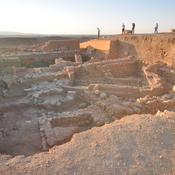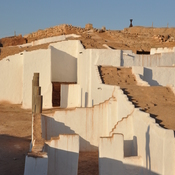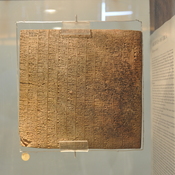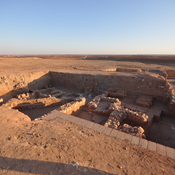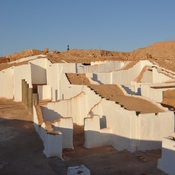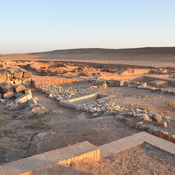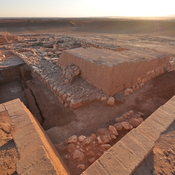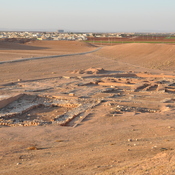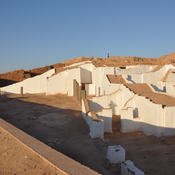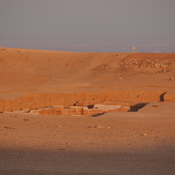Il n'y a pas une annotation en français. Présenté est une annotation en Anglais.
The Tomb of the Lord of the Goats consists of the two depositional chambers is the main royal burial in Western It dates ca 1750 BC. Inscription on cup bears the name of king Immeya.
- Lorenzo Nigro, he Eighteenth Century BC Princes of Byblos and Ebla and the Chronology of the Middle Bronze Age in: Interconnections in the Eastern Mediterranean. Lebanon in the Bronze and Iron Ages. Proceedings of the International Symposium – Beirut 2008 (BAAL Hors-Série VI), Beirut 2009, pp. 166-167 - https://www.academia.edu/1096021
- Paolo Mathiae, Where Were the Early Syrian Kings of Ebla Buried?, Altorientalische Forschungen.1997, Volume 24, Issue 2, 1997, pp. 268–276
- Paolo Matthiae, Ebla: la città del trono : archeologia e storia, Einaudi, 2010, p. 217
- Lorenzo Nigro, he Eighteenth Century BC Princes of Byblos and Ebla and the Chronology of the Middle Bronze Age in: Interconnections in the Eastern Mediterranean. Lebanon in the Bronze and Iron Ages. Proceedings of the International Symposium – Beirut 2008 (BAAL Hors-Série VI), Beirut 2009, pp. 166-169 - https://www.academia.edu/1096021
- https://en.wikipedia.org/wiki/Immeya


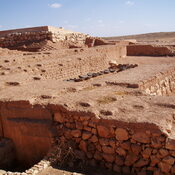
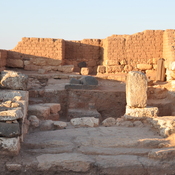
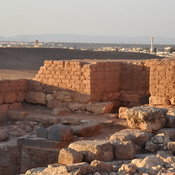
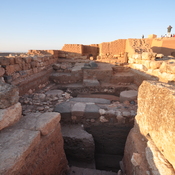
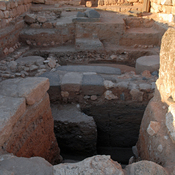
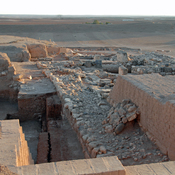
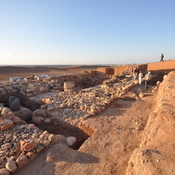
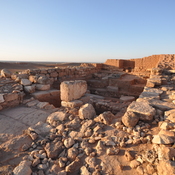
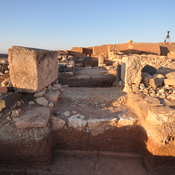
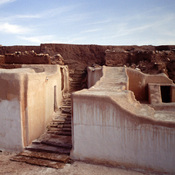
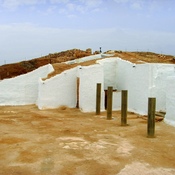
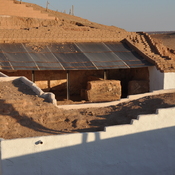
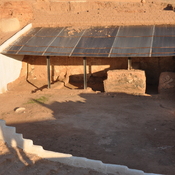
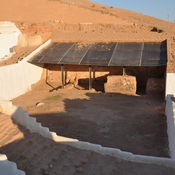
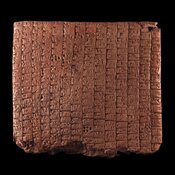
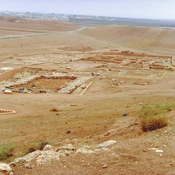
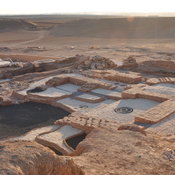
.jpg)
